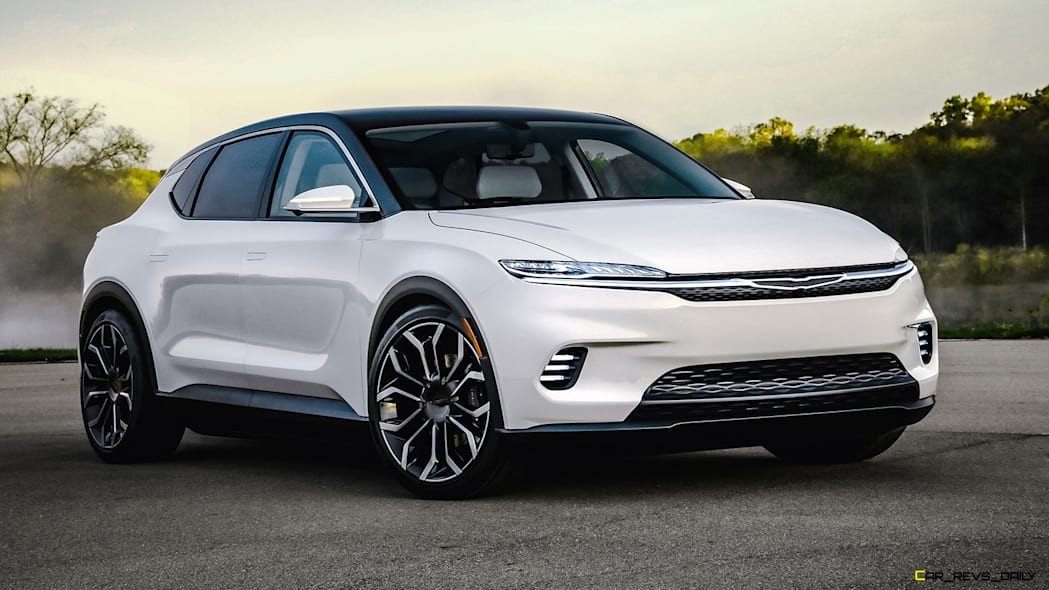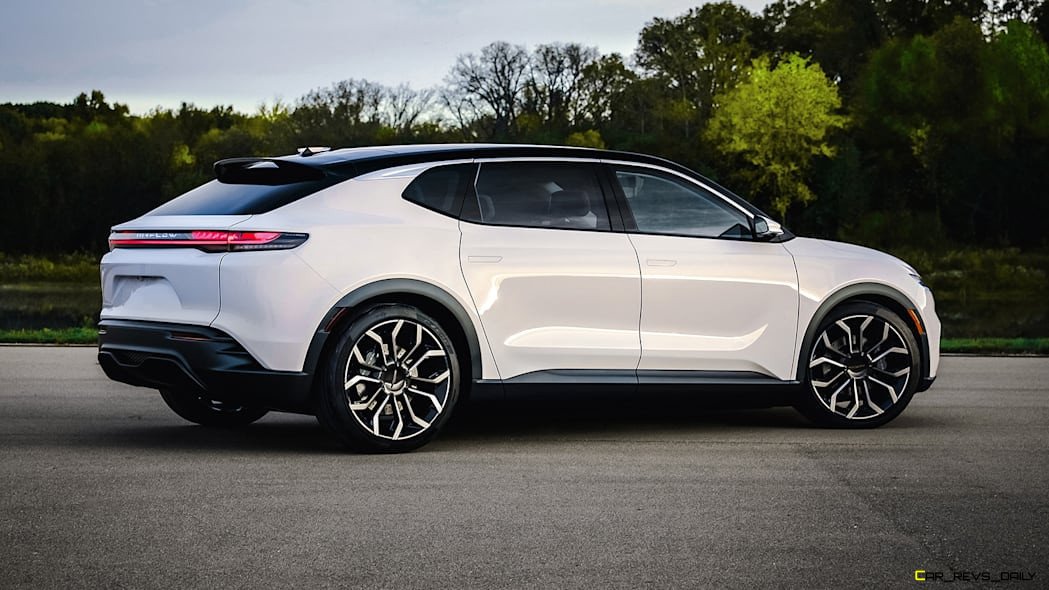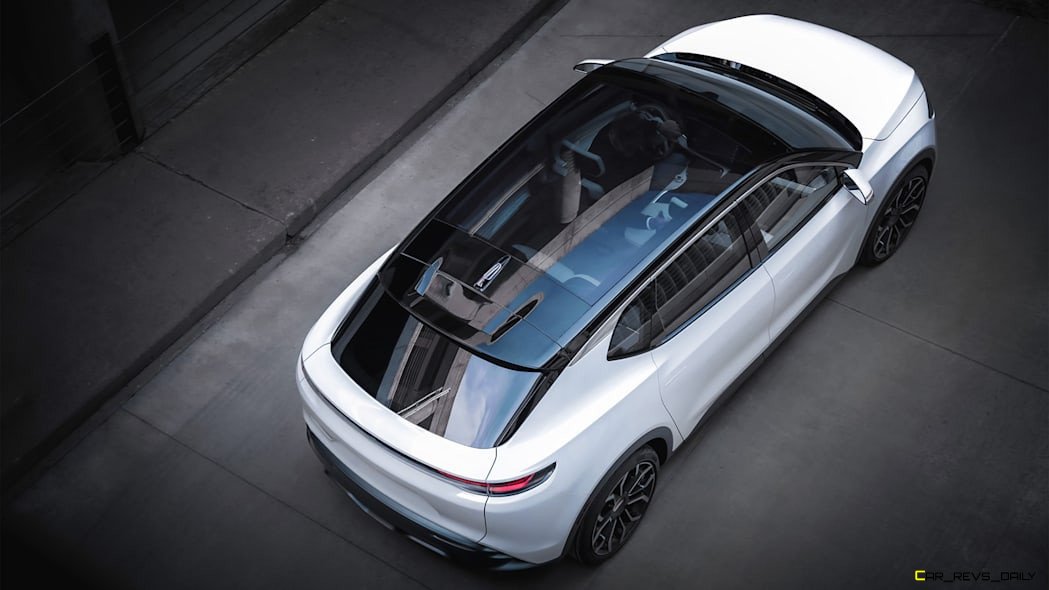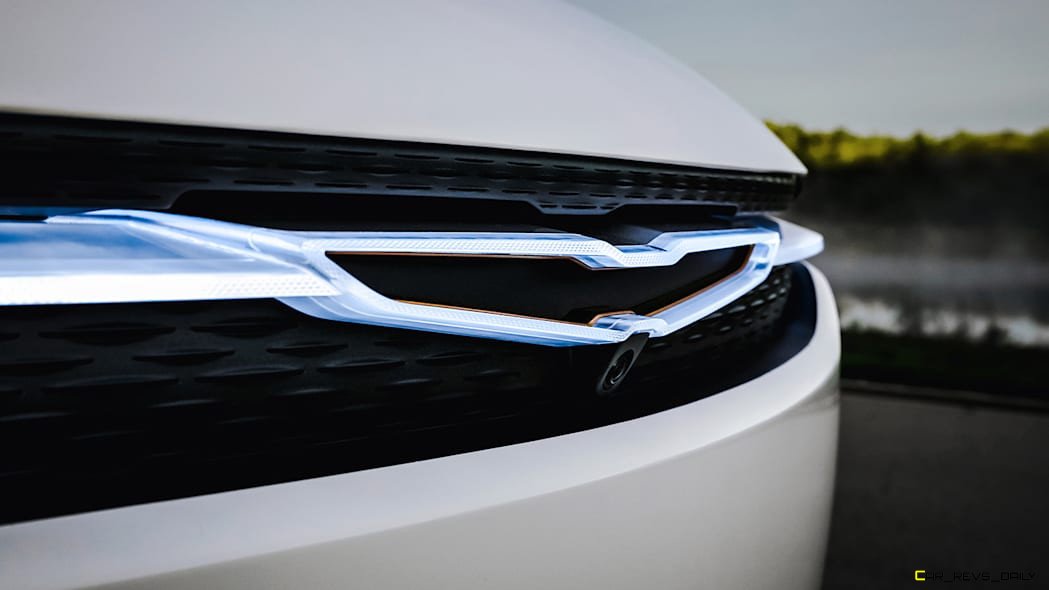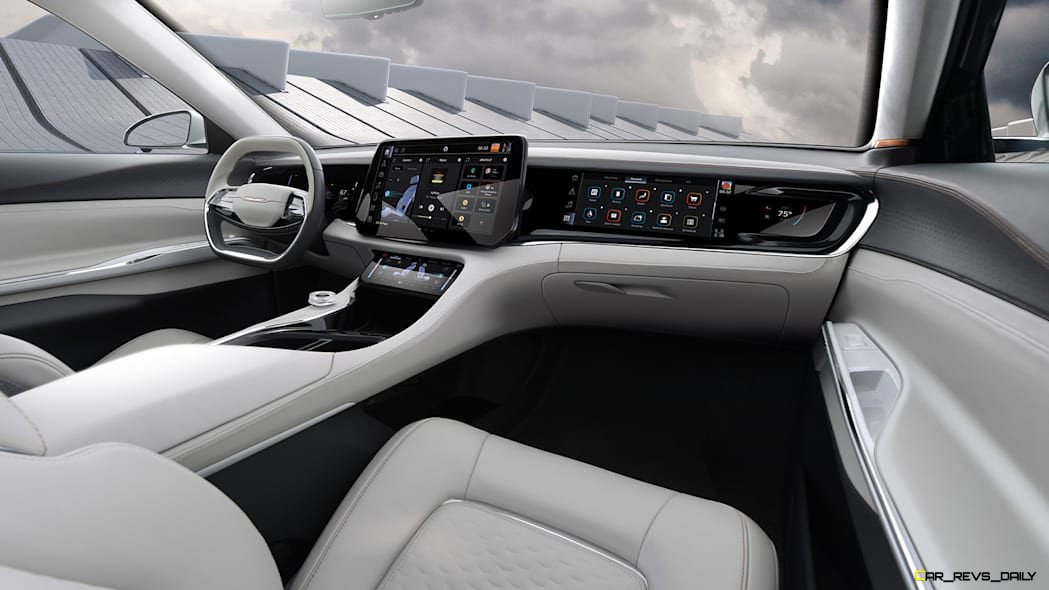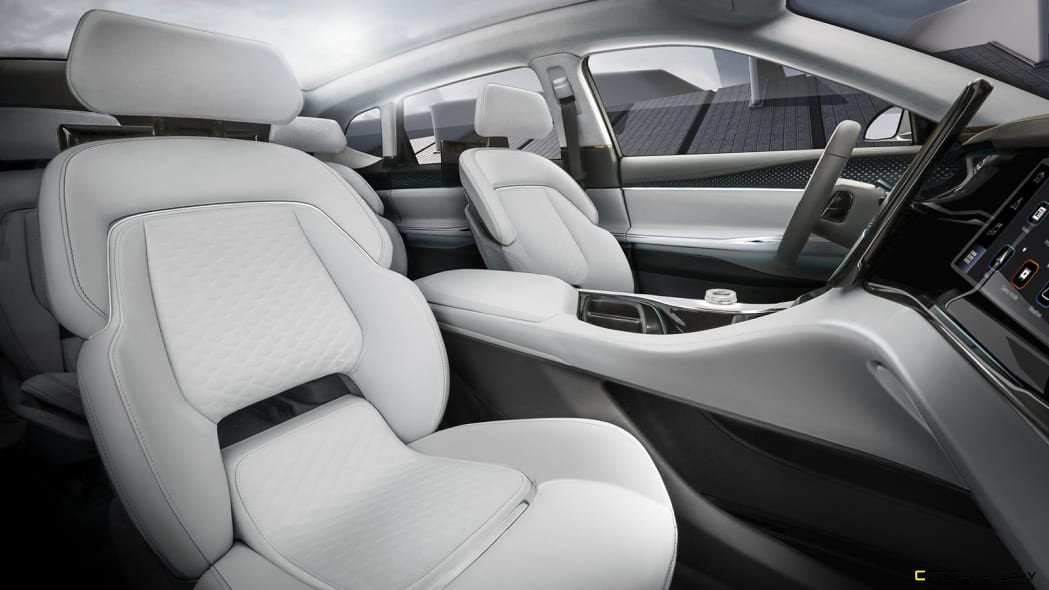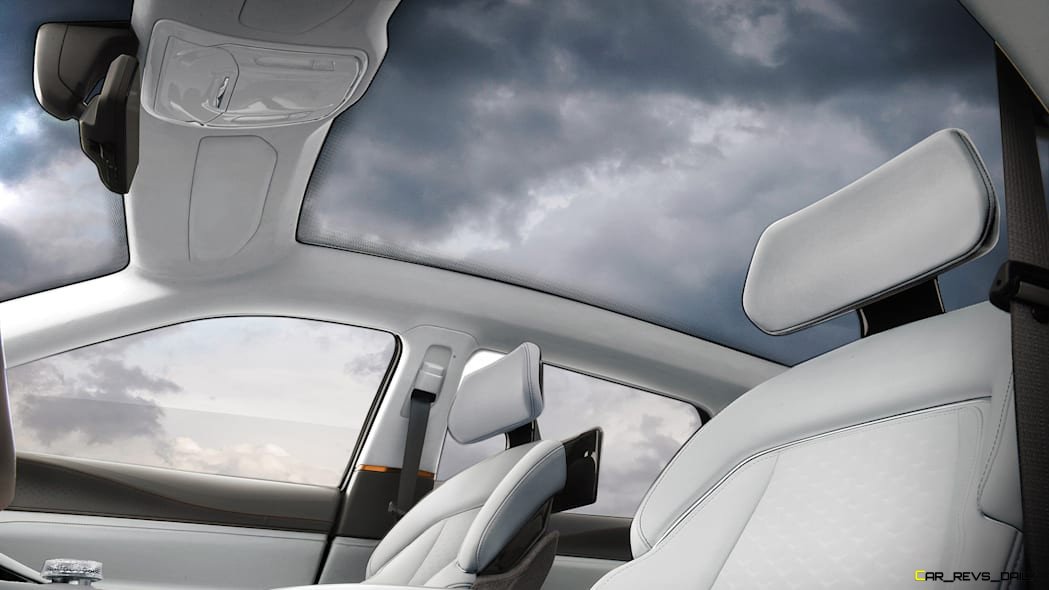It has been a long time since we heard anything new from the Chrysler brand. The comatose brand teased the Airflow concept when Stellantis launched its massive EV day event. But we haven’t seen much of it since, and Chrysler’s moribund sales continue to torment the company like a ball and chain. Stellantis hopes to shake off the cobwebs with the Airflow concept, which made its official debut at CES.
Airflow Points To New Future For Chrysler
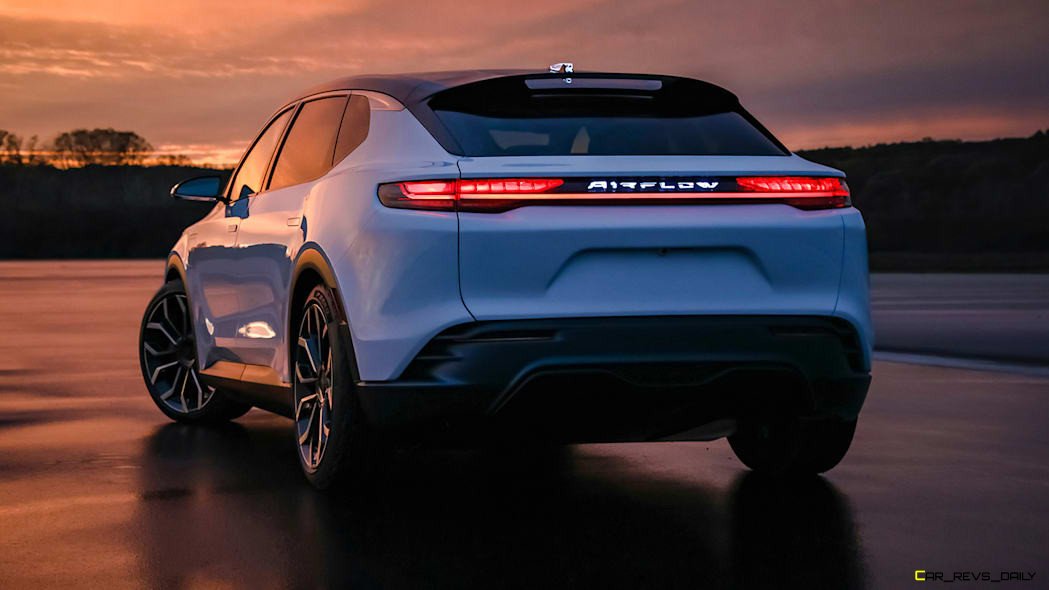
The appearance of the Airflow concept points to a green future for Chrysler and is Stellantis’s latest example of its renewed commitment to the brand. While the Airflow is more conservative-looking than other EVs, it’s a noticeable improvement over the Chrysler 300 and Pacifica minivan, a duo of models that have aged considerably despite a recent update for the latter model that gave it new exterior and interior improvements.

The look is also a slight nod to the original Airflow of the 1930s, which had a functional look that put styling on the backburner. However, whereas that Airflow was a sales flop, Stellantis hopes that this resurrected Airflow (assuming it keeps that name) will be a strong seller. The front grille is a modest affair with light splashes of chrome on both the lower and upper parts. The Airflow is a very rounded design, and as a result, there are very few creases to be found on the concept. The sloping roofline leads to the car’s rear, where a thin light bar runs along the back for a sleek styling statement.
Interior Continues Modern Theme
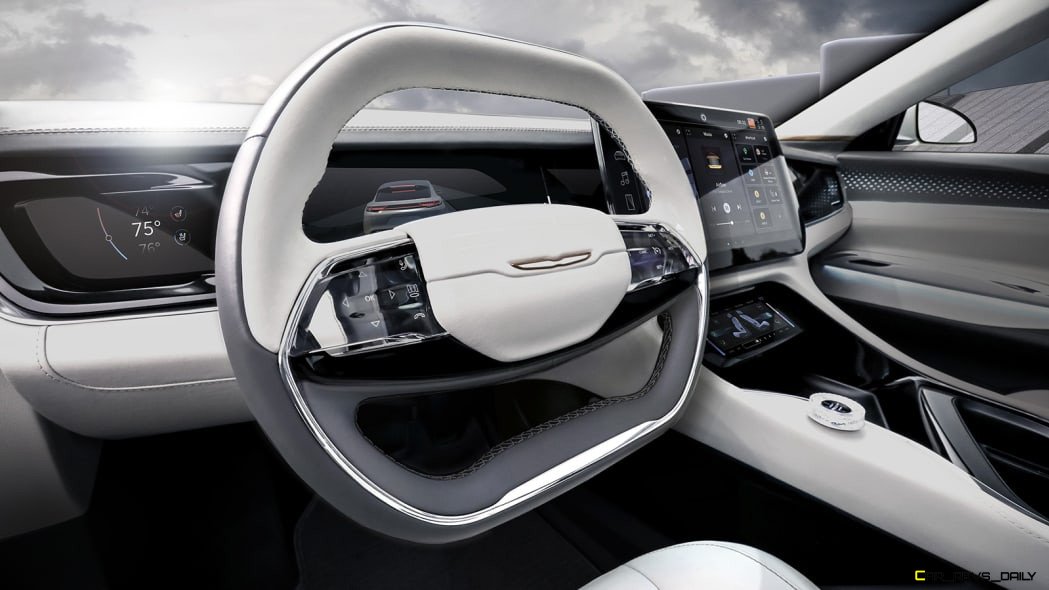
Slip inside the Airflow interior, and you will be greeted with a warm yet inviting cabin. Softness and simplicity are abundant here, with leather accents being splashed on the seats, doors, steering wheel, and other select areas. The rounded look bleeds in here, too, and there are virtually no creases to be found. The cabin also houses several screens, including a large central screen for the infotainment system and smaller screens for the instrument panel and the climate controls.
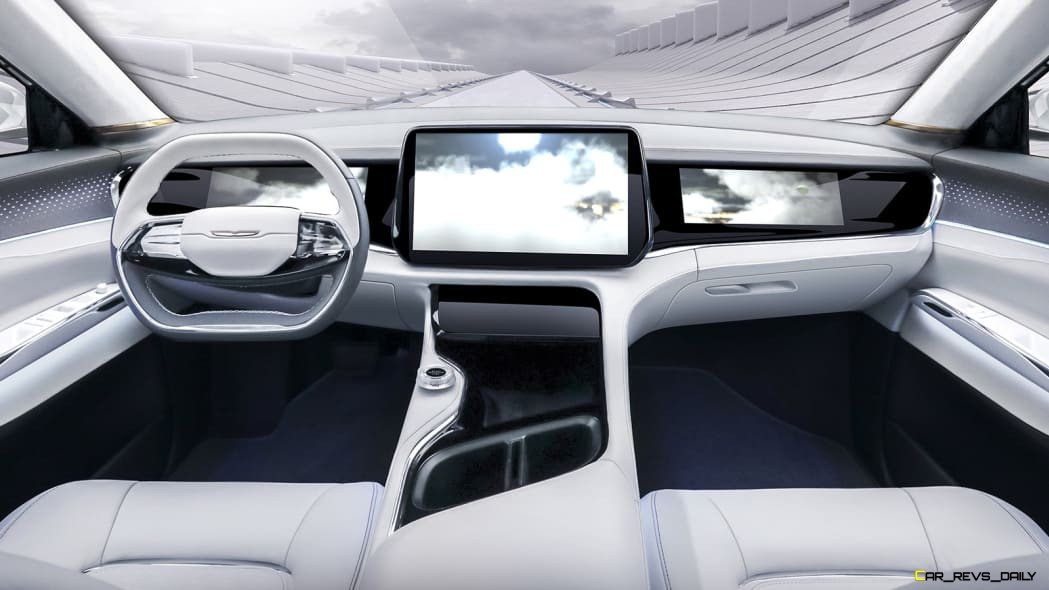
It will be interesting to see if a production version will keep the screen heavy layout. Still, we will admit that the ability for the passengers to customize their screens is a highlight feature that allows the Airflow to match some of the technological trickery that commonly defines rivals from Tesla and Lucid. Stellantis was not forthcoming with performance details, but they confirmed that the concept is powered by a set of 201 hp electric motors, with one mounted on the front and the other mounted on the rear. Chrysler brand reps claim that the Airflow can go between 350 to 400 miles on a single charge which would put it in the running with a growing pool of EV rivals.
When Will We See A Production Airflow?
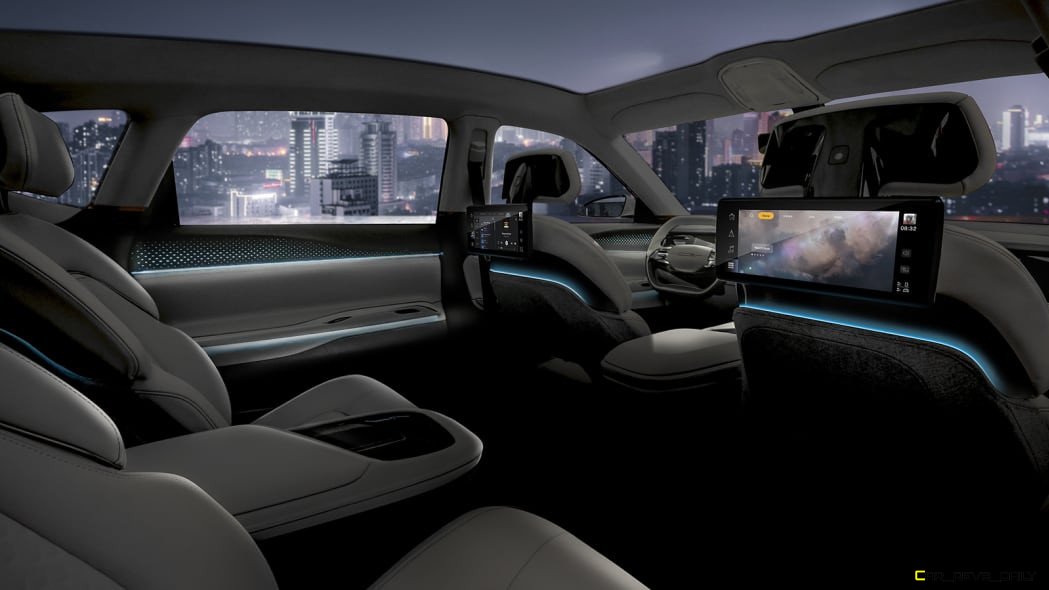
Chrysler did not formally say whether the Airflow is headed towards production reality. Still, we suspect that it might indeed be headed to production because this concept appears to be near production-ready. It also falls into Chrysler’s long-term plans, which call for its first EV to be launched in 2025. The Airflow could be the spearhead model in that plan, especially when the brand goes full EV by 2028.

Carl Malek has been an automotive journalist for over 10 years. First starting out as a freelance photographer before making the transition to writing during college, his work has appeared on numerous automotive forums as well as websites such as Autoshopper.com.
Carl is also a big fan of British vehicles with the bulk of his devotion going to the Morgan Motor Company as well as offerings from Lotus, MG, and Caterham. When he is not writing about automobiles, Carl enjoys spending time with his family and friends in the Metro Detroit area, as well as spending time with his adorable pets.

